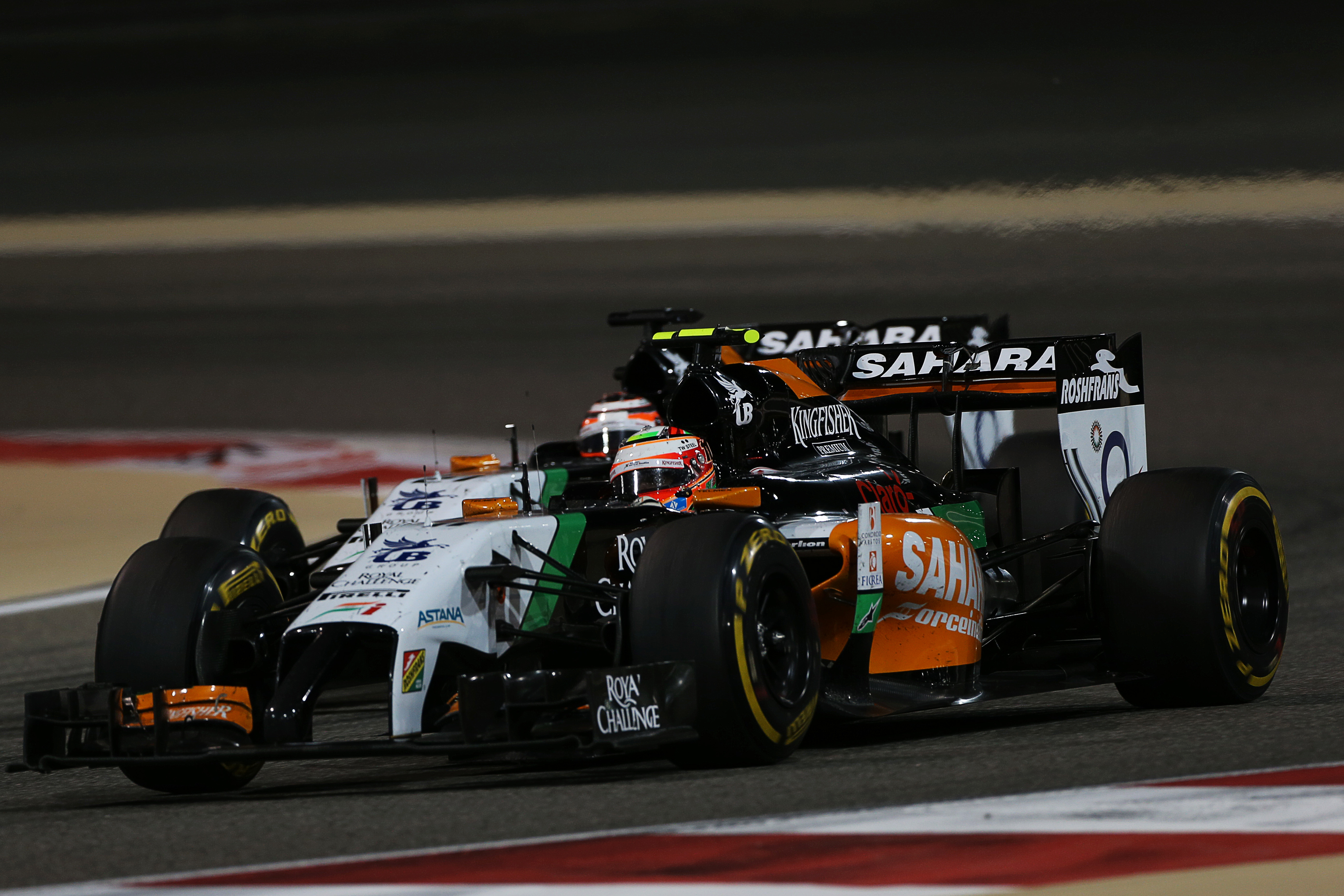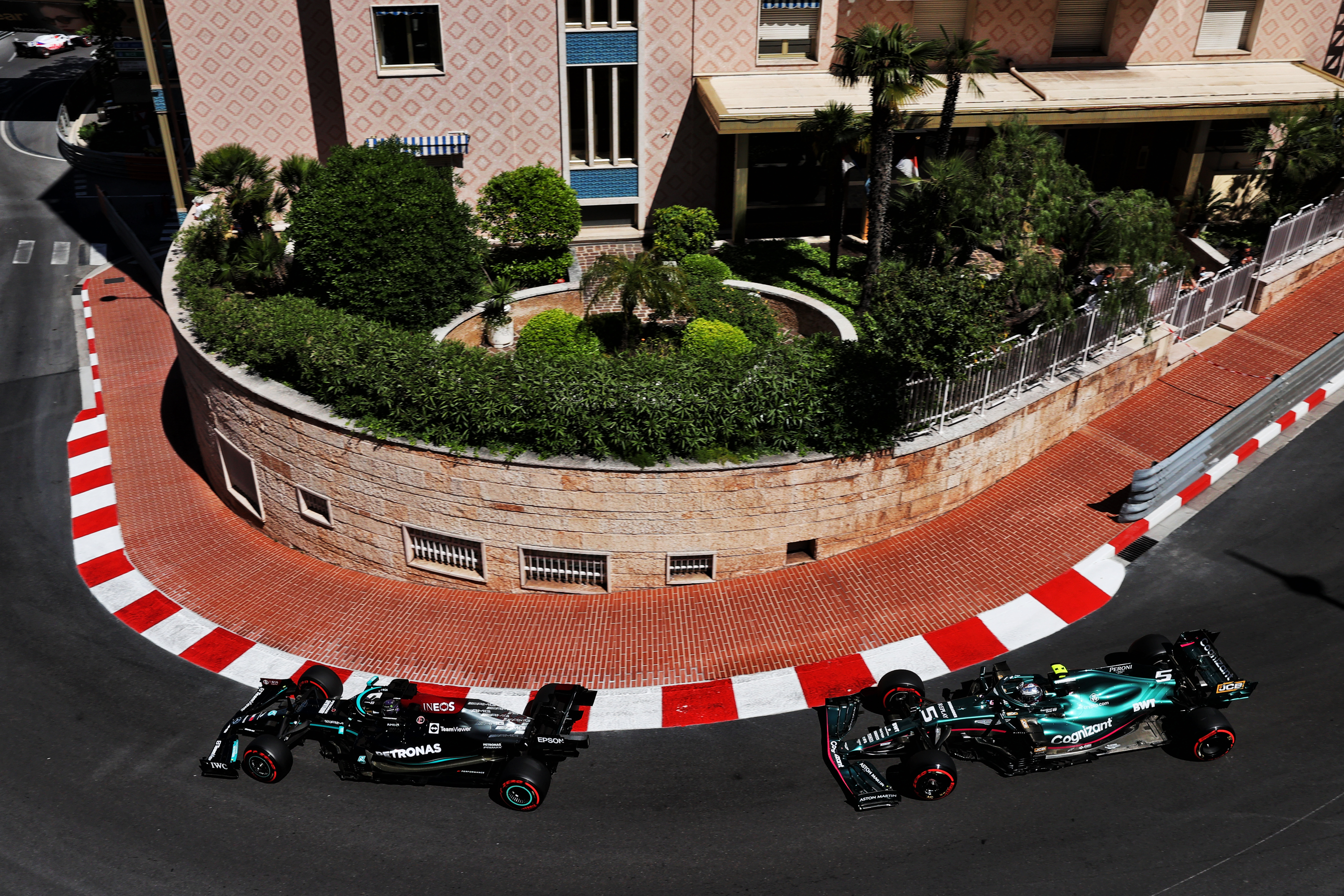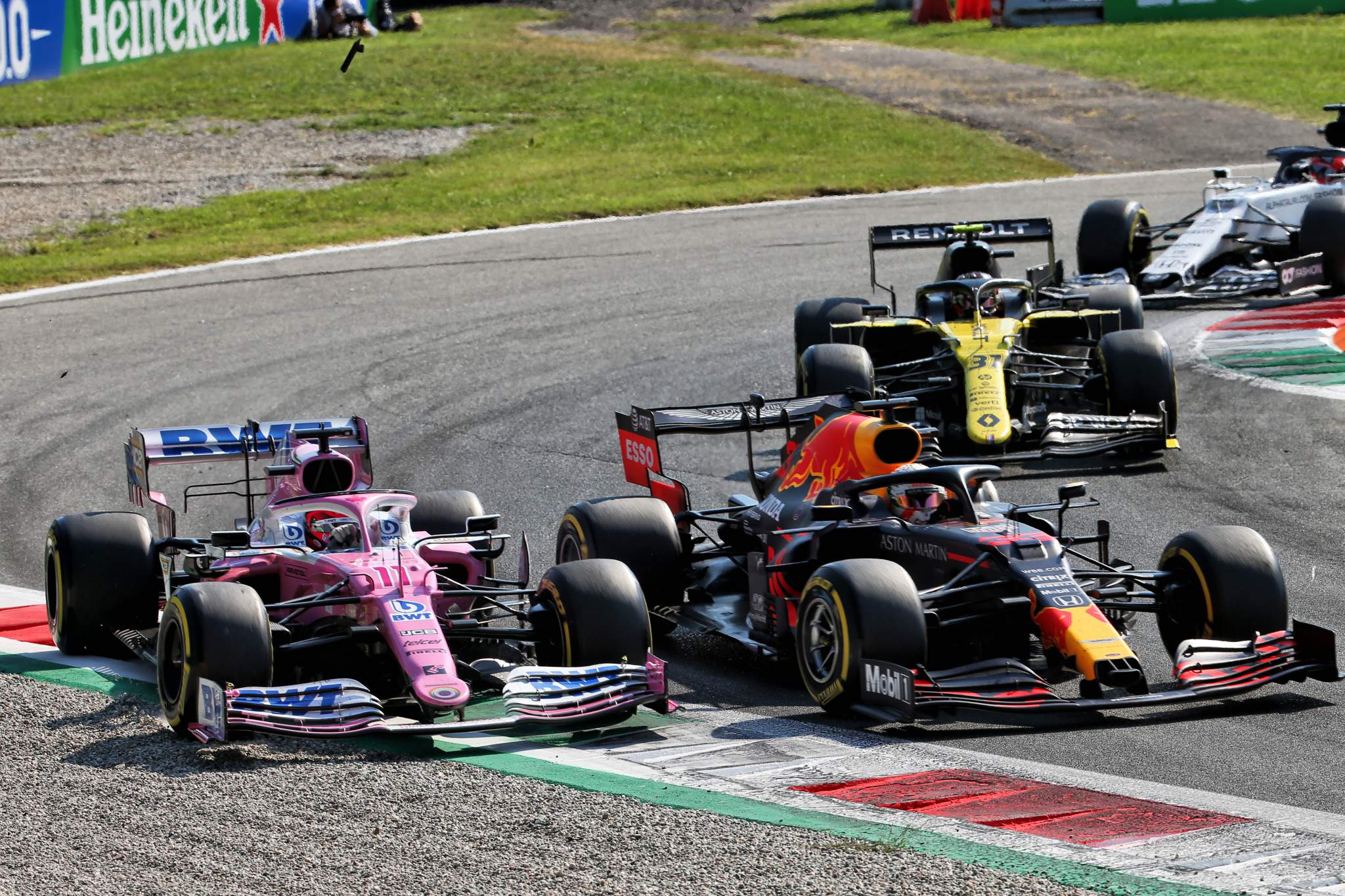Up Next

Warning: there are no answers in this piece, only questions.
It’s an anomalous fact that the two races where Mercedes has struggled badly with its reluctant tyre warm-up – Monaco and Azerbaijan – are the same races at which the Mercedes-related Aston Martin has worked best, helping Sebastian Vettel to that starring Baku second place.
While there is no question the Mercedes is much the faster car (it has so far qualified an average of 0.944s faster than the Aston Martin, which is a Q2/Q3 cut-off level of car), within their own frames of reference the Aston Martin has been proportionally better at the two tracks which place the biggest demands on getting the tyres quickly up to the required temperature.
A big part of Vettel’s strong finishes in both Monaco and Baku was his ability to run a long first stint and still have the tyres in good enough shape to overcut the cars ahead.
Historically the Aston Martin team, going right back to its Force India days, has always been very strong in its tyre usage.

As long ago as 2014, the team’s technical director Andy Green was praising his tyre group, saying, “There are no more than four people on tyre modelling and simulator work – that’s CFD as well as physical tyre modelling. It’s a small number of people but they have a huge impact on what we do.
“Between them they have a great deal of tyre expertise and we take their advice and their direction very seriously.”
The group has expanded since then but still includes the same key people, including at least one ex-Bridgestone engineer. If this is the reason for the difference in tyre usage between the two cars, knowledge that has perhaps informed the Aston Martin team in defining its set-up window, it would suggest that Formula 1 for all its incredible complexity can still be about highly specialised knowledge which is a closely-guarded secret.

Although each team individually can know in incredible detail how its own car is working, it doesn’t always know why. It can also see from GPS traces a lot of detail about how its own car compares with rivals in quite specific areas.
But again, it has no way of knowing how that difference is derived. Might the aero map favoured by Aston Martin be why it can get a more balanced tyre temperature between the front and rear axles than the Mercedes?
Is that map optimised in a different place and is that why the Aston Martin is so far adrift of the Mercedes in single-lap pace? Is that single lap pace shortfall the penalty for how much better the Aston Martin has been on the tyres?
Or is that just a function of variations in driver performance?

The car is of course the dominant factor in the driver/car equation but when things are quite closely-matched, it can get quite interesting. Take the following set of statistics, for example:
2020 Red Bull season best qualifying lap time average: 1m20.526s
2020 Racing Point season best qualifying lap time average: 1m20.945s
Difference: 0.419s
Difference in 2021 (after 6 races) between Verstappen and Perez in same car: 0.431s
We need to be cautious about reading these too literally, but if Max Verstappen had been in the Racing Point and Sergio Perez in the Red Bull last year, would the results of those two teams have inverted – ie would the Racing Point have been perceived as the faster car when in reality it was about the same but just being driven quicker?
As we said, there are no answers here.




